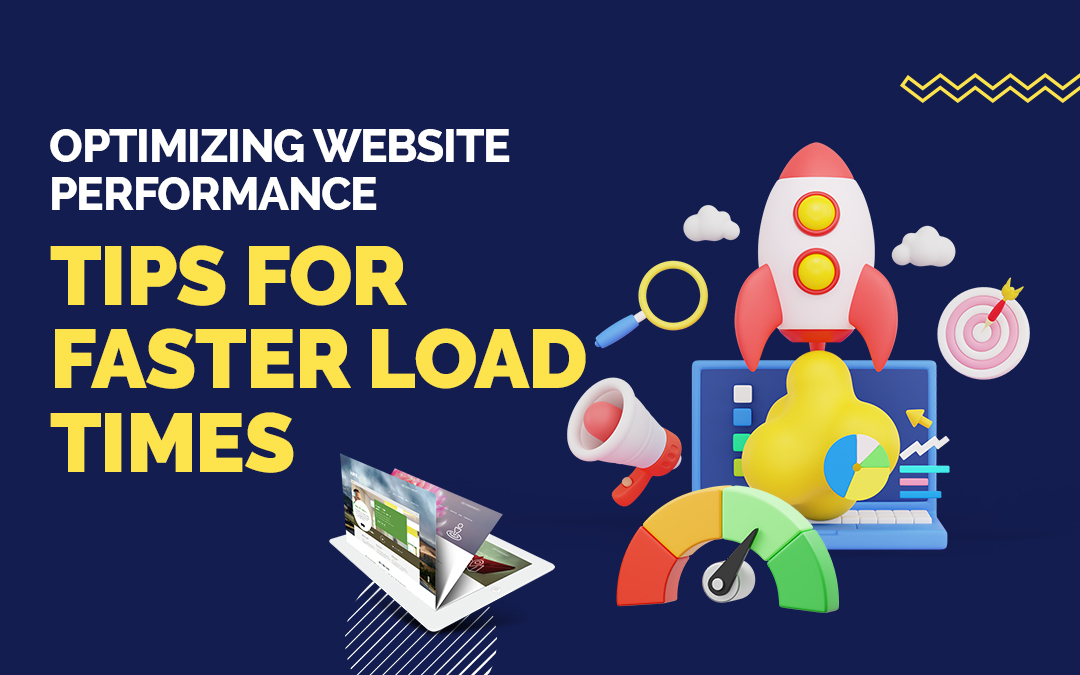Optimizing Web Performance: Techniques for Faster Load Times in 2024
 akash javali
akash javali
In the ever-evolving digital landscape, where users demand instant access to information, optimizing web performance has never been more critical. As we move further into 2024, the expectation for fast, seamless web experiences continues to grow. A slow website not only frustrates users but also impacts search engine rankings, conversion rates, and overall business success. In this post, we’ll explore the most effective techniques to optimize web performance and ensure faster load times in 2024.
1. Implementing HTTP/3 and QUIC
HTTP/3, powered by the QUIC protocol, is the latest advancement in web transport protocols, offering significant performance improvements over its predecessors. HTTP/3 reduces latency, accelerates data transfer, and enhances security by encrypting more of the connection setup process. Websites leveraging HTTP/3 can deliver faster, more reliable experiences, especially on mobile networks.
To adopt HTTP/3, ensure your server supports it, and consider using a content delivery network (CDN) that facilitates easy deployment. Major browsers like Chrome, Firefox, and Edge already support HTTP/3, making it a crucial upgrade for modern web performance optimization.
2. Leveraging Edge Computing
Edge computing brings data and computing closer to the user, reducing the distance that data must travel and thereby decreasing latency. By processing data at the network’s edge, near the end-user, edge computing significantly speeds up web performance, particularly for dynamic content that requires real-time processing.
In 2024, the integration of edge computing with CDNs and cloud services is more seamless than ever. Businesses can distribute content and services across multiple edge nodes, optimizing load times for users regardless of their location.
3. Adopting a JAMstack Architecture
JAMstack (JavaScript, APIs, and Markup) is becoming the go-to architecture for building fast, scalable websites. By decoupling the frontend from the backend and pre-rendering pages during the build process, JAMstack sites deliver static content that loads almost instantaneously.
The shift to JAMstack also improves security and reduces server costs, as static content can be served directly from a CDN. In 2024, with a wide range of headless CMS options and static site generators available, adopting a JAMstack approach is both practical and beneficial for web performance.
4. Optimizing Images and Videos
Media assets often constitute the bulk of a webpage’s load time. Optimizing images and videos is crucial for reducing page weight and improving load speeds. Techniques such as using modern image formats like WebP and AVIF, employing responsive images, and leveraging lazy loading can drastically reduce load times.
For videos, consider serving them through an optimized streaming service or implementing adaptive streaming techniques like HLS (HTTP Live Streaming). These methods ensure that users receive the best quality media their connection can handle, without unnecessary delays.
5. Utilizing Code-Splitting and Minification
Code-splitting involves breaking down JavaScript bundles into smaller, more manageable pieces that can be loaded on demand. This reduces the initial load time, as the browser only fetches the code required for the visible part of the page.
Minification, on the other hand, involves removing unnecessary characters (like whitespace and comments) from code files, reducing their size without affecting functionality. In 2024, modern build tools like Webpack and Rollup make it easier than ever to implement both code-splitting and minification, ensuring your website loads faster.
6. Prioritizing Critical CSS and Defer Non-Critical JS
Critical CSS refers to the CSS required to render the above-the-fold content of a webpage. By inlining critical CSS and deferring non-essential styles, you can reduce render-blocking and improve perceived load times.
Similarly, defer or asynchronously load non-critical JavaScript to prevent it from blocking the initial render. In 2024, many websites are adopting this strategy to ensure that the most important content loads first, enhancing user experience and reducing bounce rates.
7. Harnessing AI for Performance Optimization
Artificial Intelligence (AI) is playing an increasingly important role in web performance optimization. AI-powered tools can analyze user behavior and automatically adjust content delivery based on network conditions, device type, and user preferences.
For example, AI can predict which parts of a website a user is most likely to interact with and prioritize loading those elements. As AI continues to advance, these tools will become more sophisticated, offering more personalized and faster web experiences in 2024.
8. Monitoring and Continuous Optimization
Finally, optimizing web performance is not a one-time task but an ongoing process. Regular monitoring using tools like Google Lighthouse, PageSpeed Insights, and WebPageTest is essential for identifying performance bottlenecks and areas for improvement.
In 2024, continuous optimization is key to maintaining fast load times as websites evolve. Employ automated testing and monitoring systems to ensure that new content or features do not negatively impact performance.
Conclusion
As the digital world moves forward, the demand for speed and efficiency in web performance will only intensify. By adopting the latest technologies and techniques, such as HTTP/3, edge computing, and AI-driven optimization, you can ensure your website meets the expectations of today’s users. Prioritizing web performance not only improves user satisfaction but also drives business success in the increasingly competitive online landscape of 2024.
Stay ahead of the curve by regularly reviewing and refining your web performance strategies, and you'll be well-positioned to deliver lightning-fast, engaging experiences to your users.
Subscribe to my newsletter
Read articles from akash javali directly inside your inbox. Subscribe to the newsletter, and don't miss out.
Written by

akash javali
akash javali
A passionate 'Web Developer' with a Master's degree in Electronics and Communication Engineering who chose passion as a career. I like to keep it simple. My goals are to focus on typography, and content and convey the message that you want to send. Well-organized person, problem solver, & currently a 'Senior Software Engineer' at an IT firm for the past few years. I enjoy traveling, watching TV series & movies, hitting the gym, or online gaming.